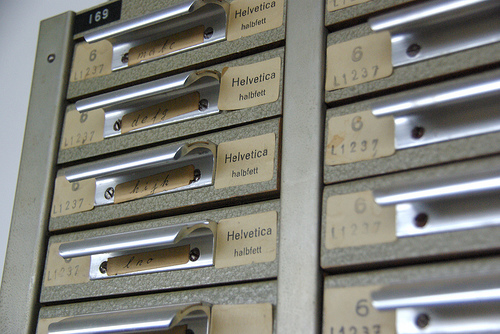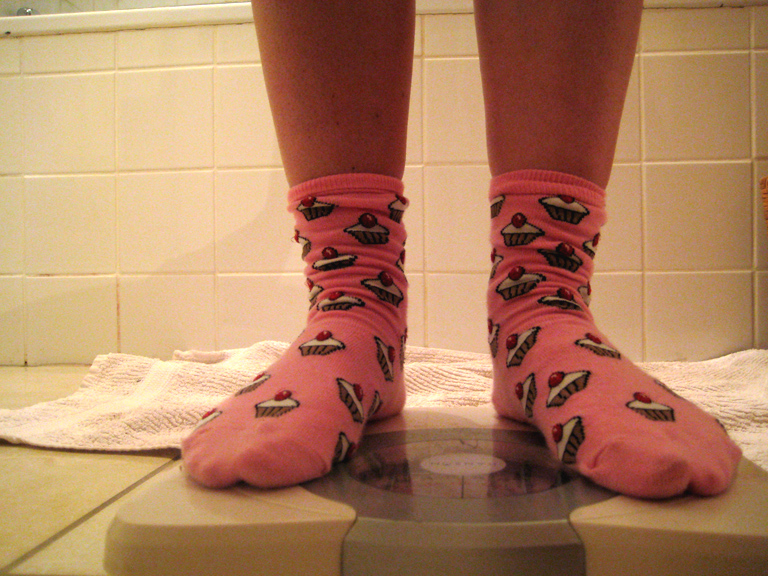“My house is a disaster.”
How many times have you uttered these words or heard someone else say them? You and they are not alone. Getting organized is one of the most common New Year’s resolutions. But like losing weight, it’s easier said than done.
But how do you manage this daunting task? If you’re inclined to take a week off of work, with high hopes of a sparkling, organized home after five long days, you may want to reconsider. If you’re not already organized, why would you want to spend so much time cleaning out your linen closet and kitchen cabinets?
On this point, the experts agree: a little goes a long way. So most suggest that devoting only 15 minutes a day to organization can yield big benefits. Let’s take a look at the numbers.
If you devote five days, for (let’s be generous) 10 hours a day, you’ll end up working 50 hours total, right? (That’s 5 days x 10 hours or 50 hours.) And you’d probably also have a sore back and a week’s worth of vacation lost to your label maker and plastic bins and lids.
But what if you committed to 15 minutes a day, 5 days a week? How much time will you have spent?
15 minutes x 5 days = 75 minutes
75 minutes ÷ 60 minutes = 1.25 hours (or 1 hour and 15 minutes)
Gosh, I spend more time in a week figuring out what’s for dinner.
So what if you started on January 1 and stuck with it throughout the month?
There are 22 weekdays in January
15 minutes x 22 days = 330 minutes
330 minutes ÷ 60 minutes = 5.5 hours
That’s less than the time it would take for you to watch the first two films in the Lord of the Ringstrilogy!
So let’s take this a bit farther. If you managed to keep this resolution for an entire year, how much time will you have spent organizing? Let’s assume there are 250 workdays in the year. (You’re not going to organize on a holiday are you?)
15 minutes x 250 days = 3,750 minutes
3,750 minutes ÷ 60 minutes = 62.5 hours
So by devoting a mere 15 minutes a day to organizing, you can end up spending more time over the year than if you took a week off and worked on the task for 10 hours a day. Plus, I guarantee you’ll be much more relaxed.
But what can you accomplish in 15 minutes? Here’s a short list:
- Cleaning out your junk drawer
- Going through seasonal clothes and deciding what to give away, toss or keep.
- Alphabetizing your spice rack.
- Culling through your kids’ artwork and filing or scanning special pieces.
- Scanning your bookshelves for titles you’re ready to part with.
- Setting up a spot for your mail, keys, purse and jacket.
By the end of one week, you could have a tidy junk drawer, trimmed summer wardrobe, room on your bookshelves and a regular spot for your keys. By the end of the year? Who knows what you could accomplish!
Have any organizing tips to share? Post your ideas in the comments section. I’ll bet I (or someone else) can find the math in that technique!




